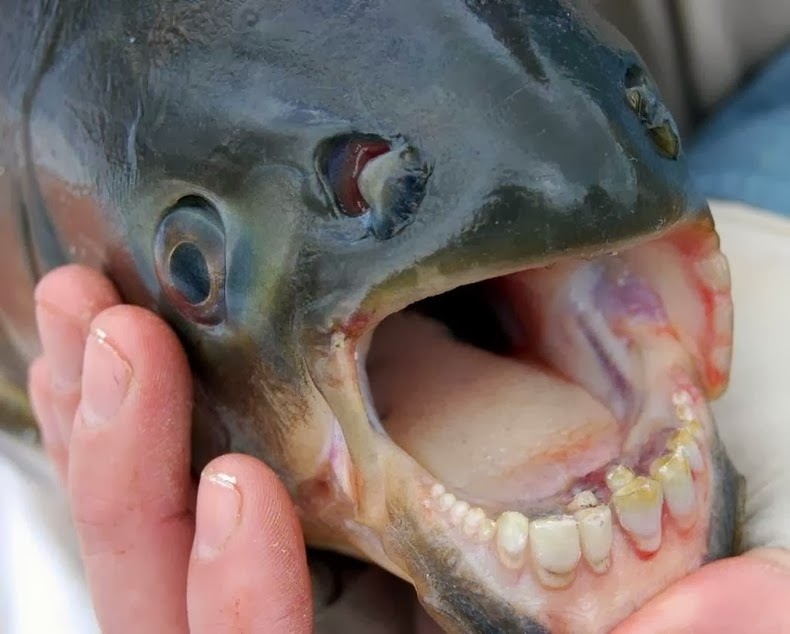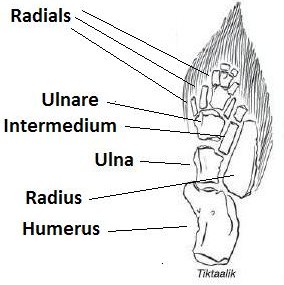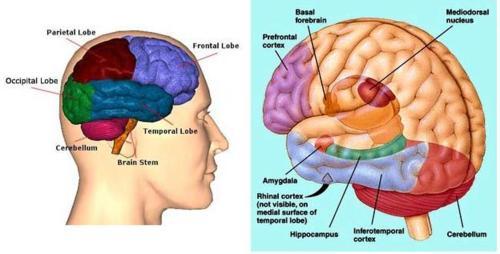We all hate homework. It’s tedious, frustrating, time-consuming, and downright horrible. Sometimes we get points for doing homework and doing well which is always a good reason for getting it done, but could success on homework be the reason for fantastic final grades?

Let’s establish the basics of what we are trying to find here. The x-variable is doing your homework while the y-variable is earning excellent grades. Confounding, z-variables, could include personality traits, lack of procrastination habits, natural ability to succeed in school, etc. Our null hypothesis is that doing your homework does not improve your final grade. Our alternative hypothesis is that doing your homework does improve your final grade and promotes academic achievement.
Harris Cooper, a professor of psychology and neuroscience at Duke University, and his colleagues compiled an analysis of dozens of studies done on homework in order to come to a conclusion on whether homework is effective. If it is effective, how much homework is too much, and what is the appropriate amount to give out to students?
Many of the studies done on this question examine students who are assigned homework with students who are not assigned homework but are still similar in other ways. Interestingly, many of the results found that homework can improve test scores at the end of a topic. “Students assigned homework in 2nd grade did better on math, 3rd and 4th graders did better on English skills and vocabulary, 5th graders on social studies, 9th through 12th graders on American history, and 12th graders on Shakespeare.” (Cooper)
Some studies do not attempt to control for student differences. 35 studies suggest that 77% find the correlation between homework and and academic achievement to be positive; however, they fail to make this correlation among elementary students. One possible solution to control for student differences would be to randomly distribute the students based on similarities so that on average, both the homework group and the non-homework group are about the same in terms of similarities, i.e. learning disabilities, gender, and prior achievement in school. Additionally, Cooper says an explanation for why there is not a correlation among elementary students could be because they do not have well developed study habits and because they get distracted easily.

In short, Cooper suggests that through his analysis, homework is in fact beneficial to students. Not only can it have positive effects on overall grades, but it can also have other benefits such as developing responsible character traits, maturing cognitive capacities, fostering independent learning habits, and growing of good study habits. Cooper, along with most educators, says homework should not exceed 10-20 minutes for children K-2, 30-60 minutes a day for grades 3-6, and varying times depending on the subjects for middle school and high school students.
Some feel that homework can have many negative effects such as developing a disinterest in school among students, homework denies children of leisure time and takes them away from extra-curricular activities which also teach important life skills. It is important to allow teachers and administrators to have flexibility to account for the differences in some students and their families; however, sticking to the prescribed regiment is most effective for most students.
Rival ACC school, the University of Virginia, has a much different take on homework than Cooper. Co-authors Adam Maltese, assistant professor of science education at Indiana University, Robert H. Tai, associate professor of science education at the University of Virginia’s Curry School of Education, and Xitao Fan, dean of education at the University of Macau, conducted their own studies and published “When Is Homework Worth the Time?”
Because the paper is twenty-two pages long, I will summarize the findings. If you would like to, the full report can be read here. 18,000, tenth grade students’s survey and transcript data were observed in the study collected from 1990 to 2002 by the National Center for Education Statistics. Unlike many studies done on homework and final grades, Maltese, Tai, and Fan found that time spent on homework did not effect the final course grade among those who did and did not do their homework. Conversely, they did find a correlation between time spent on homework and success on standardized test scores. Maltese says, “Our results hint that maybe homework is not being used as well as it could be.” In order to be more effective with homework, teachers should assign homework which is useful, sort of a quality over quantity type of thing. Rather than give a designated amount of homework, give assignments which will keep the students engaged for a short period of time and allow for a greater chance of retaining that information. In effect, this will also allow for appropriate amounts of time to be allocated towards extracurricular activities which teach young people other valuable lessons while also learning from engaging homework.
All of this raises the question: what is the most effective type of homework assignment? I certainly feel as though this question can best be answered based on each individual person. Because some people are inherently auditory, visual, or hands-on learners, one standard type of homework cannot be called the best. I believe in order to really get the best result from everyone, each person would require their own homework regiment. Seeing as though some schools have entire graduating classes of well-over 2,000 students, creating an individualized homework regiment for each student is simply impossible. So what basic principles should teachers and administrators use to create effect homework?
The Association for Supervision and Curriculum Development (ASCD) attempted to tackle this tricky question with their “Five Hallmarks of Good Homework.” The first principle is purpose. Students must be given a clear end goal to their assignment such as giving simple division problems in order to understand the concept of division or writing sentences using certain vocabulary words so that students can understand the context of those specific vocabulary words. In addition, ASCD says practice is most effective when given in small doses over long periods of time, concurrent with Maltese, Tai, and Fan. The second principle is efficiency. ASCD says projects which involve cutting, gluing, and constructing are often extremely inefficient even though the teacher has great intentions when they assign them because they are fun and creative. Instead, rather than making a poster, students should be tasked to put themselves in the perspective of their project. For example, ASCD suggests if students are tasked with a history assignment, they should be asked to create a diary entry as if they were the person who experienced what they are trying to learn (writing about what it was like to immigrate from another country, writing about what World War 2 was like, etc.). The third principle is ownership. One of the easiest ways to promote ownership is by giving flexibility. Instead of prescribing a common book for the class to read, teachers could allow students to find their own sources such as magazines and academic journals which are still relevant to the topic. This keeps the students engaged and interested in what they are learning. “Instead of worrying about whether students did the reading, we should be focusing on whether the reading did them any good” (ASCD). The fourth principle is competence. Because, each student is different, they should be allowed to work together if they choose to and receive help on assignments. Students often get discouraged when forced to work alone and are more likely not to complete a task. The fifth, and final, principle is aesthetic appeal. First impressions are extremely important to students. As soon as they see the requirements and details of an assignment, they make a snap decision about whether they are going to do it or not and, if they are going to do it, how well they are going to do it. Students are more inclined to complete an assignment which are visually uncluttered with few information on the page. Lots of room to write answers and the use of graphics and clip art on the page are also quite appealing to students. Visuals are just as important to the student as knowing they have little work to do.

Take home message: homework is beneficial to the student in more ways than just improving final grades but only when allocated effectively. In my opinion, and I think most would agree, there need to be more studies done on the effectiveness of homework. Preferably, some kind of experimental study would be conducted to almost definitively prove that effective homework benefits the student in multiple ways. Of course, a double-blind placebo would be out of the question because the student would know if they are doing their homework or not. Maybe a single-blind study could be effective where the students are randomly placed into two groups, homework and no homework. The teacher would not know who is and who is not doing their homework, but would still assign regular assignments to the class. The students either do or do not complete their homework, and at the end of the semester or grading period, examine the results of how many students received good or bad marks on their final reports. Of course, this study would flawed in that if a student gets placed into the group who does not do their homework but normally would have done their homework and their grade suffers from not doing it, that is infringing on the student’s ability and right to learn, and compromises their own responsibility for their grades; however, at this point, this is the closest I could get to an appropriate experimental study. Any other suggestions would be greatly appreciated in the comments.
Picture Links:
http://cdn.kidspot.com.au/wp-content/uploads/2013/02/hateshomework-600×420.jpg
http://familyfieldguide.com/wp-content/uploads/2013/08/boy-doing-homework.jpg
http://www.primaryteaching.co.uk/prodimg/B4_1_Zoom.jpg















 w closely related we are.
w closely related we are.



 The patient places the amputated limb into a box, or an enclosed area, with a mirror attached to the outside. When the patient looks at the mirror, the brain is tricked into thinking the limb is still there. David Butler explains the construction and psychology behind mirror box therapy in this
The patient places the amputated limb into a box, or an enclosed area, with a mirror attached to the outside. When the patient looks at the mirror, the brain is tricked into thinking the limb is still there. David Butler explains the construction and psychology behind mirror box therapy in this 





 I have always been fascinated by the religious practices of fasting. I’ve always wondered why do people do it and how they are able to go without eating for days when I cannot go even a few hours without eating before I start to feel depleted of my energy. I started to think about the health benefits of fasting, if there are any. It turns out fasting could solve lots of health issues and increase your life span.
I have always been fascinated by the religious practices of fasting. I’ve always wondered why do people do it and how they are able to go without eating for days when I cannot go even a few hours without eating before I start to feel depleted of my energy. I started to think about the health benefits of fasting, if there are any. It turns out fasting could solve lots of health issues and increase your life span.






